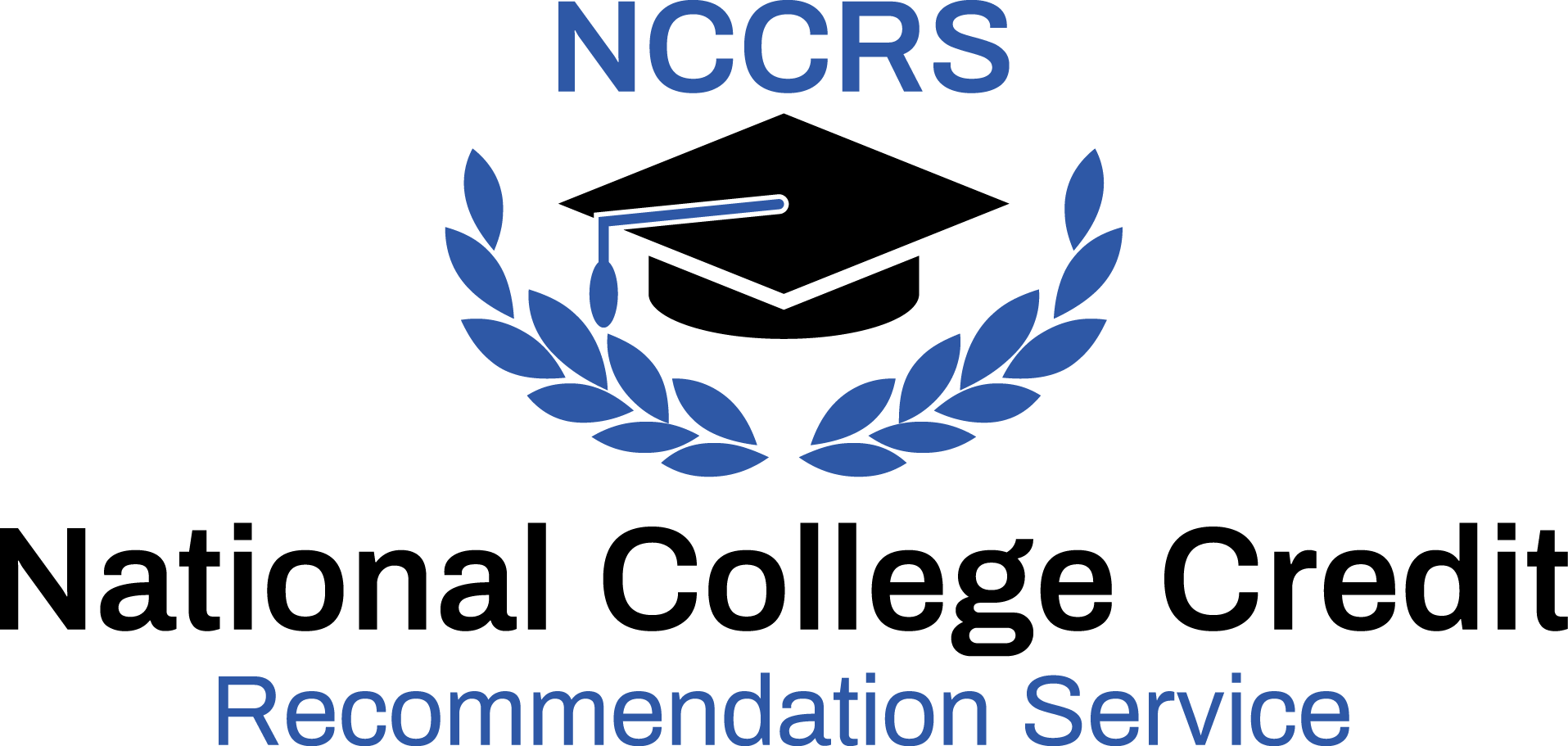WAYS TO EFFECTIVELY SET AND ACHIEVE YOUR GOALS
Strong goal-setting strategies can make all the difference in your achievements and are key to finding success in your personal and professional life.
While the goals you set are important, you need more than grit and determination to achieve them — how you set your goals is critical to your success. Here are some goal-setting tips that can set you up to succeed long-term.
SMART GOAL SETTING
SMART goal setting is a strategy that’s gained widespread popularity, and it’s a tactic that anyone can use — students, teachers, entrepreneurs, athletes, and nearly everyone else. Each goal you set should be SMART: specific, measurable, actionable, rewarding, and time-specific.
Let’s look at the example below and apply the SMART goal-setting framework to it.
Goal: Become a leader on your soccer team.
Specific
Being general and ambiguous with your goals won’t work in your favor. Be highly specific and pinpoint exactly what you’re trying to accomplish.
How is your soccer team’s leadership structured? Are there captains, co-captains, and other leadership roles? In this example, we will select the role of captain as our specific goal.
Measurable
In order to track your progress toward completion, it’s important to find a way to measure your goal. When you’re setting goals, ask yourself how you will know when you’ve accomplished the goal and how many things you’ll need to do between the starting point and finish line.
Brainstorm what you would need to accomplish to become a good team leader, which could include taking online courses, attending all practices and games, joining a leadership honor society, or exemplifying leadership during events.
Actionable
Your goals should have clear, practical steps. Break them into manageable actions that align with your capabilities and constraints, such as time, resources, and skill levels. For example, you could regularly attend or increase practices, sharpen your game strategy development skills, and consistently demonstrate leadership qualities.
Prioritize actions you can control, like seeking feedback from coaches and peers to improve continuously.
Rewarding
Align your goal(s) with your long-term objectives. Ask yourself if it provides a sense of purpose. For example, aspiring to be a team captain will likely align with your larger goals in leadership or athletics. Ultimately, consider whether achieving this goal will be rewarding and worth your time and effort.
Reflect on the personal and professional benefits, like earning respect, building relationships, or gaining new skills, ensuring that the goal resonates with what matters most to you.
Time-Specific
Establish a clear timeline with deadlines for each stage of your plan. For example, set specific milestones, like improving your overall fitness within three months by attending extra training sessions weekly. Set a target date for when you’ll pursue leadership roles.
A defined timeline keeps you accountable and focused, guiding your progress toward the goal within a set period.
Final Goal
I will become a leader on my soccer team by attending extra training sessions each week, improving my fitness, mastering leadership techniques, and actively seeking feedback from my coach and fellow players.
Other Goal Setting Techniques
In addition to setting SMART goals, there are some other best practices you will want to incorporate into your goal creation process to guarantee all your bases are covered.

Write Down Your Goals
Writing your goals out has been a scientifically proven method for increased goal achievement. Many studies have found that those who write down their goals have a higher success rate than those who don’t. Start each goal with “I will” and use positive language to encourage action and motivation. Using this actionable language is empowering and can give you the motivation and confidence to succeed.
Choose Goals That Inspire, Motivate, and Challenge You
When you’re spending a lot of time, energy, and effort working toward something, you can quickly lose momentum if you’re not excited about it. This goes back to ensuring the goals you set are relevant to you and your interests.
In addition, completing a challenging goal can feel highly rewarding and can push you to learn, grow, and hone your skills. What’s more, overcoming a challenge can give you even more motivation to work on other goals, provide a sense of pride, and build your confidence in the face of bigger, more challenging goals in the future.
Answer the Six W's
The more specific you can be with your goal, the better. When setting a goal, try to answer the six “W’s”:
- Who will your goals involve? This can be professors, parents, peers, classmates, and others.
- What are you trying to achieve?
- When do you want to accomplish this goal? Is it an ongoing, repetitive goal? Is there a hard deadline, or is there some flexibility?
- Where is this goal located?
- Why is this an important goal to you?
- Which resources will you need to use to accomplish this goal? Which constraints and requirements do you have in order to complete this goal?
These questions can help you break down each goal into manageable steps, recognize what areas you may need support in, and identify and solve roadblocks early on. This also enables you to get extremely specific when setting SMART goals.
Create a Plan

The best way to accomplish goals that take a lot of time and effort is to create a step-by-step plan. For example, if you wish to get promoted to a director role within your company in five years, it can be hard to know where to start. To get to the director level, there are likely some things you will need to accomplish beforehand if you’re starting at an entry- or mid-level position, such as:
- Get necessary certifications and credentials for the role
- Take skill-building courses, classes, and training
- Gain hands-on experience in your current role
- Move up through the ranks in the organization
Break up larger, lengthier goals into smaller, manageable tasks and create a timeline for each task to ensure you’re on track for your target date. This can help you avoid procrastination, keep the motivation alive, and make a big goal feel less overwhelming.
Utilize the PACT Method
Like the SMART strategy, PACT is another goal setting technique that stands for Purposeful, Actionable, Continuous, and Trackable. PACT is more output-focused than other techniques, which is excellent for long-term goals that require consistent progress to complete.
To utilize the PACT technique, your goal should be:
- Purposeful: Goals with purpose are ones based on the values you have. This step involves you looking at what is driving you to have this goal. Using our example above, what about becoming a soccer team captain is appealing on a deeper level?
- Actionable: In PACT, being actionable is about making progress every day without overplanning or overthinking about the future. After all, PACT goals are typically longer-term, allowing daily actions to stack up over time to achieve great things.
- Continuous: Continuous in PACT means that you should feel free to experiment with your actions as long as you continue to make progress. For this, avoid over analyzing or worrying about making “wrong” choices. All journeys will likely contain errors; it’s more important that you learn from mistakes and continue to grow.
- Trackable: Tracking your progress not only keeps you on track, but it allows you to reflect on how far you’ve come and keeps you moving forward. PACT tracking can involve anything. For example, how many days in a row you attended soccer practice, how much time you devoted to leadership training, and more. Tracking is different from “measuring” because you do not compare it to an outcome; you simply keep tabs on your activity to progress toward a larger goal.
The PACT process can be used alongside other goal setting techniques, such as the SMART technique or any of the other methods we’ve listed. It comes down to what personally works for you and what type of goal you aim to accomplish.
Evaluate Your Goal-Setting Process
As with any project, it’s essential to take time to evaluate your progress. Examine how you’re tracking with each of your goals and identify any blockers stopping you from completing a goal or a specific task. Then, make a plan or adjust your strategy as needed.
Self-reflection is a critical part of improving. After accomplishing a goal, think about what went well and what didn’t. Take what you’ve learned and apply it to future goal-setting strategies. It’s important to note that there isn’t a one-size-fits-all approach to goal setting, so you will need to find the best strategy for your work style and personality.
Start Achieving Your Goals by Joining a Leadership Honor Society
When looking to get involved in your university, the options are endless. If you’re seeking ways to set yourself up for career success, becoming a member of a leadership honor society is a great place to start.
Leadership programs focus solely on improving students’ leadership skills such as planning, strategic and critical thinking, problem-solving, collaboration, and more — all of which are key to effective goal setting. What’s more, being part of a community of success-oriented peers can give you the inspiration, support, and accountability you need to succeed.
Achieve More with the NSLS
As the only accredited leadership honor society in the nation, The National Society of Leadership and Success (NSLS) helps students like you achieve their personal and professional goals through a robust curriculum aimed at leadership skill development.








